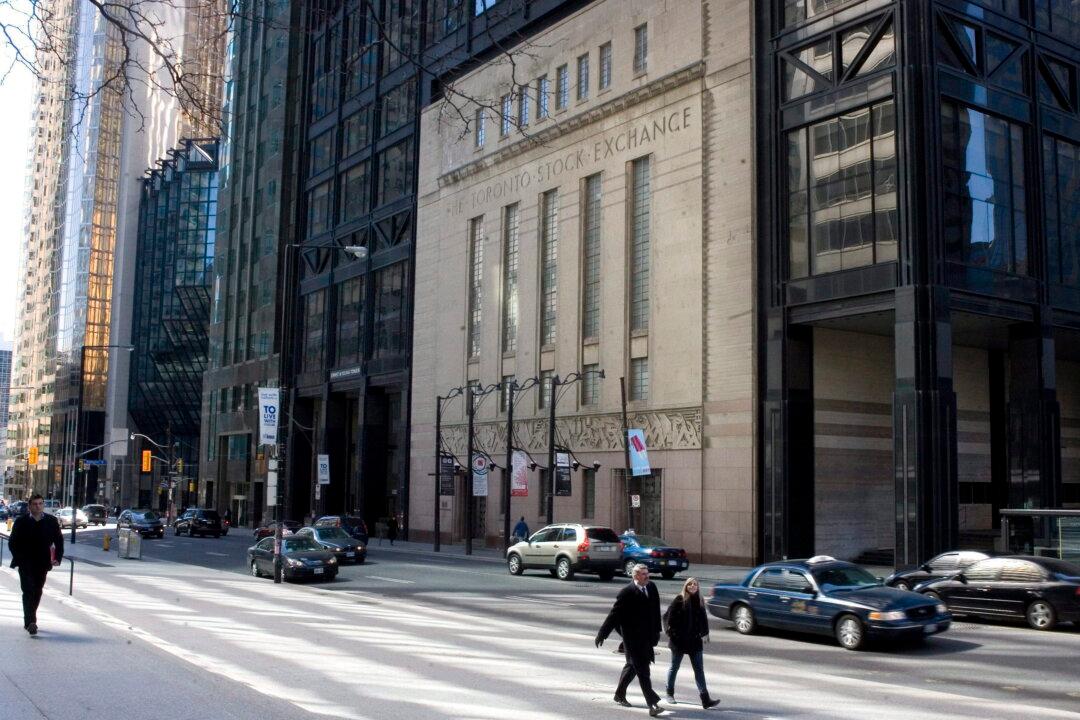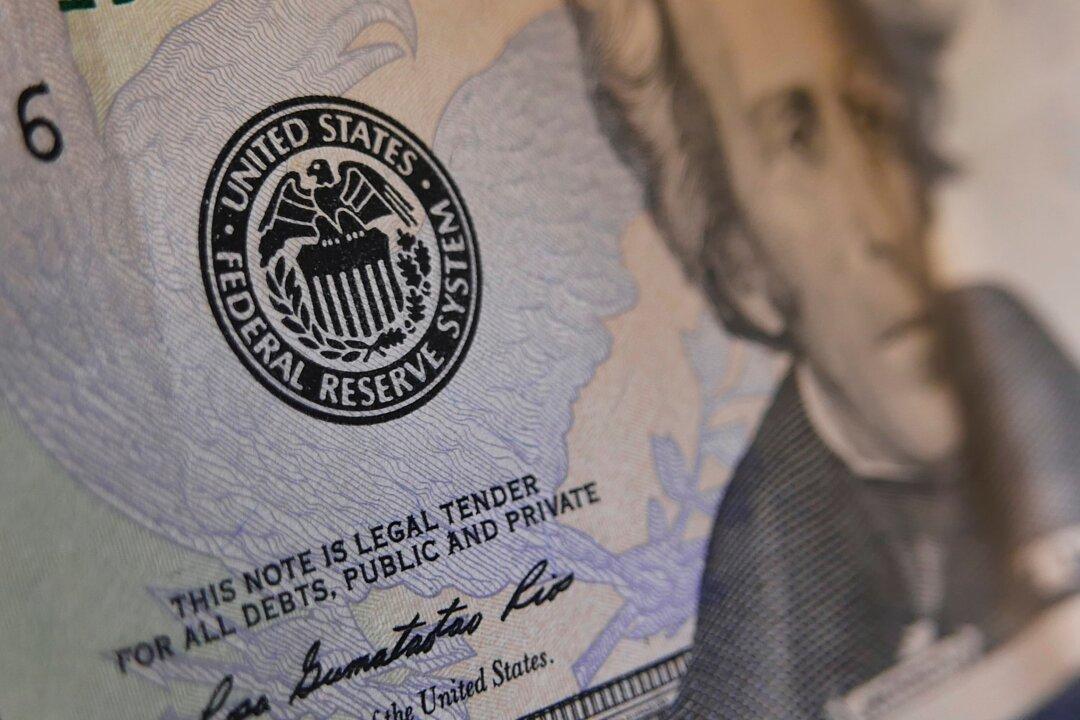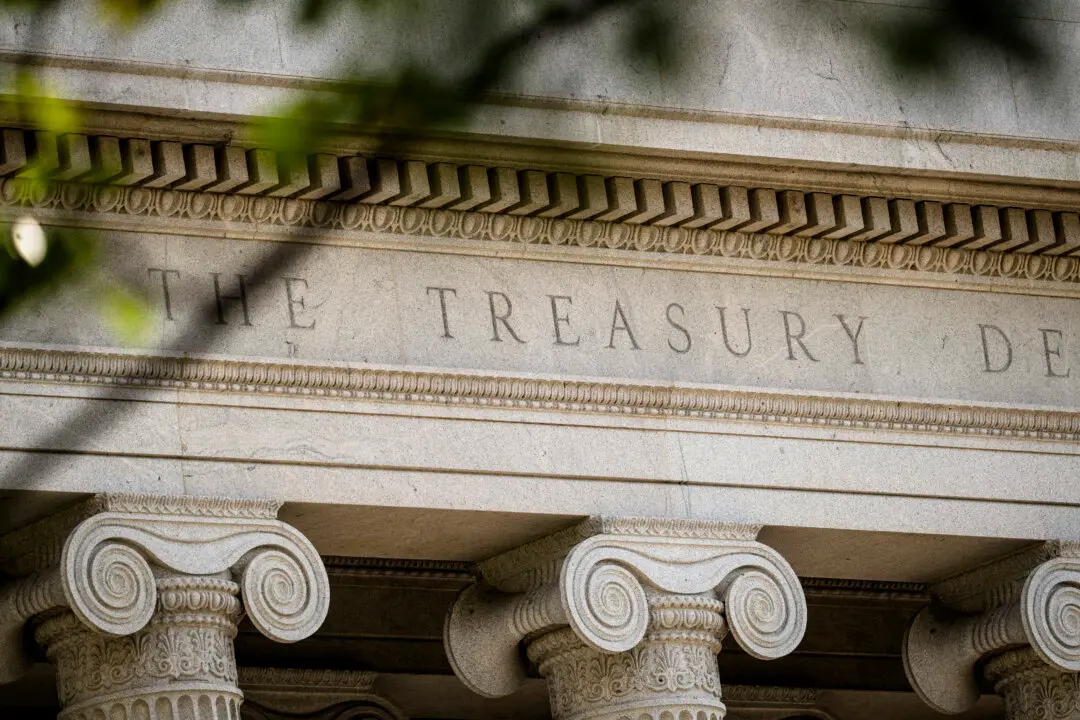Commentary
Following sharp declines on Wall Street and amid uncertainty surrounding the global economy, Asian markets crashed on Aug. 5. The Japanese stock index, the Nikkei 225, dropped an astonishing 13.5 percent in one session. As markets in Europe and North America opened, they were also hit with large price drops, albeit nowhere near the extent of Asia.





